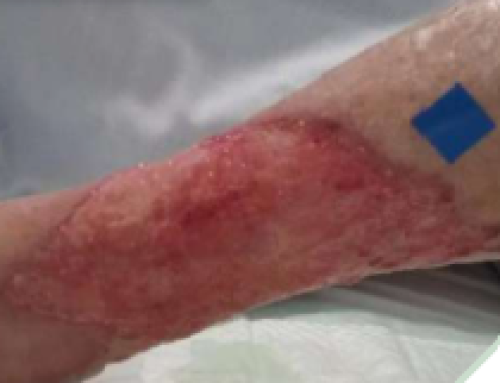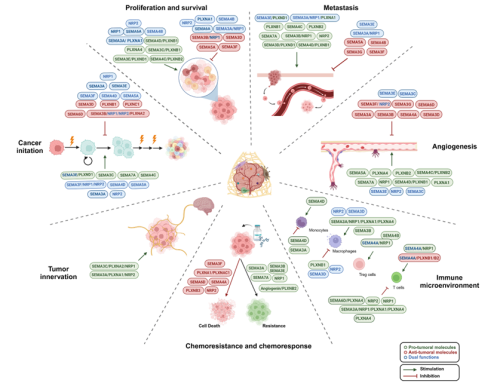
Ballistic long bone fracture pattern: an experimental study
Authors: Nathalie Schwab, Xavier Jordana, Jordi Monreal, Xavier Garrido, Joan Soler, Manel Vega, Pedro Brillas ,Ignasi Galtés
Abstract
When dealing with badly preserved cadavers or skeletal human remains, the assessment of death circumstances remains challenging. When forensic evidence cannot be taken from the skin and soft tissue, the information may only be deduced from more resistant elements such as bone. Compared to cranial gunshot injuries, reliable data on ballistic long bone trauma remains scarce. This study aims to define ballistic fracture characteristics in human long bones. The shaft of 16 femurs and 13 humeri from body donors was perpendicularly shot with a 9-mm Luger full metal jacket bullet at an impact velocity of 360 m/s from a distance of 2 m. Some bones were embedded in Clear Ballistics Gel®, and some were shot without soft tissue simulant in order to better visualise the fracture propagation on the high-speed camera. The fractures were examined macroscopically and compared between the sample groups. We consistently found comminuted fractures with a stellate pattern. Fracture details were classified into entrance, exit and general characteristics. For some traits, we detected different occurrence values in the group comparison. The results indicate that some of the traits depend on bone properties such as shaft diameter, bone length and cortical thickness. The presence of ballistic gel also influenced some fracture traits, emphasising the relevance of soft tissue simulant in osseous gunshot experiments. This study revealed new insights in the detailed fracture pattern of human long bones. These may serve as guidelines for the identification and reconstruction of gunshot trauma in human long bones.












Leave a Reply